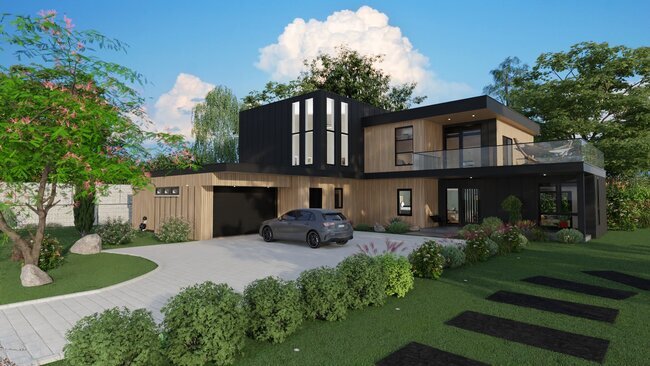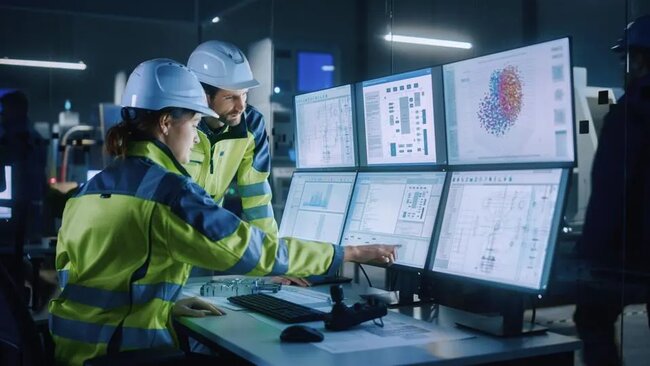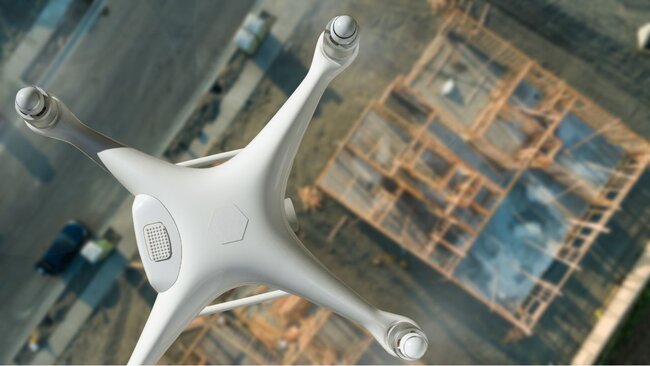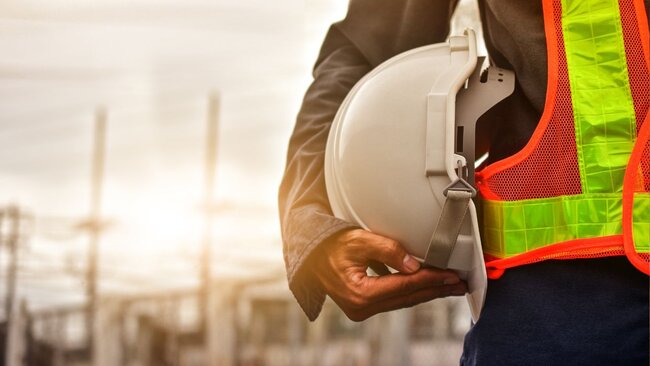As we venture into 2024, the construction industry continues to evolve, driven by innovation and changing market demands. In this dynamic landscape, staying ahead of the curve is essential for your business’s success.
That’s why we created this article to highlight five significant construction trends set to shape the industry this year. From groundbreaking technological advancements to shifts in project management strategies, we’ll guide you through each trend and offer practical tips on how to integrate these changes into your business operations.
Ready to future-proof your construction and design business? Let’s dive in!
Construction Trends in Project Planning and Management
Here are 5 of the latest construction trends for 2024. As you go through each, think about how you can apply the tips to help adapt your business.
Sustainability

The Trend: Sustainability in construction isn’t just a buzzword. It’s becoming a major shift in how we approach building projects. With an increased focus on environmental impact, this trend encompasses everything from using eco-friendly materials to designing energy-efficient buildings. The goal is to minimize the ecological footprint of construction activities, while also considering long-term sustainability in building design and operation.
How to Adapt:
- Embrace Green Materials: Start by incorporating sustainable building materials. This could mean using recycled or upcycled materials, sourcing locally to reduce transportation emissions, or choosing materials with a lower carbon footprint.
- Energy Efficiency is Key: Aim for designs that maximize natural light and ventilation in order to reduce the need for artificial lighting and air conditioning. Consider offering renewable energy sources like solar panels.
- Water Conservation: Look for ways to implement sustainable systems for rainwater harvesting and wastewater recycling.
- Sustainable Construction Practices: Train your team in sustainable construction techniques such as efficient waste management, reducing on-site pollution, and ways to ensure minimal disturbance to the surrounding ecosystem.
- Get Certified: Pursuing sustainability certifications for your projects, like LEED, boosts your environmental credentials and appeals to a growing segment of eco-conscious clients.
AI & Automation

The Trend: The integration of Artificial Intelligence (AI) and automation in construction is contributing to a massive leap forward in efficiency and precision. AI data analysis helps with better project planning, risk management and decision-making. And automation streamlines repetitive tasks, enhances safety and significantly cuts down labor costs. From smart algorithms that predict project timelines to AI-assisted design programs, this trend is reshaping the construction landscape.
How to Adapt:
- Invest in AI-Based Software: Start by incorporating AI tools for project management to help with optimizing schedules and resource allocation.
- Automate Where Possible: Identify tasks that can be automated, like data entry or even certain aspects of construction. This can help save time and reduce errors.
- Continuous Learning: Keep your team updated with the latest in AI and automation through workshops and training programs.
- Pilot Projects: Experiment with AI and automation in smaller projects before scaling up to larger ones.
Drones and UAVs

The Trend: Drones and Unmanned Aerial Vehicles (UAVs) are revolutionizing the construction industry by offering a bird’s-eye view of projects. They’re perfect for site surveys, monitoring construction progress and ensuring adherence to plans. Drones provide real-time data, which is crucial for making timely decisions and adjustments. Their ability to access hard-to-reach areas and provide detailed aerial imagery makes them a popular tool in modern construction practices.
How to Adapt:
- Use Drones for Site Surveys: Use drones for conducting initial site surveys to gather comprehensive data quickly.
- Monitor Progress: Use drones to capture aerial project footage. This helps you monitor project milestones and manage resources more effectively.
- Enhance Safety Inspections: Utilize drones for safety inspections in potentially hazardous or inaccessible areas.
- Training: Make sure the right members of your team are trained in operating and interpreting data from drones.
- Compliance and Regulations: Don’t forget to check the regulations surrounding drone usage in your area to ensure compliance.
Offsite Construction

The Trend: Offsite construction, also known as modular or prefabricated construction, is rapidly gaining traction in the industry. It iinvolves assembling parts of a building in a factory setting before transporting them to the construction site for final assembly. This trend can contribute to reduced construction time, lower costs, less waste and easier quality control. Offsite construction is especially helpful in areas with labor shortages or in projects with tight timelines.
How to Adapt:
- Embrace Modular Design: Start by designing buildings with modular construction in mind. This can often mean simpler, more standardized designs that are easier to replicate offsite.
- Choose the Right Projects: Not every project is suited for offsite construction. Identify projects where this method can maximize efficiency and cost-effectiveness.
- Partner with Manufacturers: Establish partnerships with reliable manufacturers who specialize in offsite construction.
- Logistics Planning: Focus on the logistics of transporting and assembling modules on site. This requires careful planning to ensure efficiency.
Educate Your Team: Ensure your team understands the nuances of offsite construction, from design to assembly.
Worker Safety

The Trend: Worker safety has always been important, but recent advancements are taking it to new levels. The trend now is towards proactive risk management using modern technology. From wearable tech that monitors vital signs and environmental conditions to AI-powered surveillance that can predict and prevent accidents, the idea is to create a safer working environment.
How to Adapt:
- Invest in Wearable Technology: Consider equipping your workers with smart wearables that can alert them to potential hazards or health issues.
- Implement AI Surveillance: AI-powered cameras can help monitor work sites and identify unsafe behaviors or potential hazards.
- Regular Training: Keep your workforce trained on the latest safety protocols and the use of new safety equipment.
- Create a Safety-First Culture: Promote a culture where safety is prioritized. Encourage workers to speak up about potential hazards and give them a clear channel for reporting such hazards.
Continuous Improvement: Regularly review and update your safety practices based on the latest industry standards and technological advancements.
How to Keep Up With the Trends
Adapting to these emerging trends in 2024 might seem daunting. But staying ahead in the fast-evolving construction industry is crucial.
Cedreo can help. With Cedreo’s smart design software, you can:
- Streamline Design Processes: Quickly create professional 3D designs that align with current trends.
- Enhance Client Presentations: Use high-quality project presentations to impress clients and clearly communicate your designs.
- Improve Efficiency: Reduce the time spent on design and revisions so you can focus on other aspects of your business.
By leveraging the power of Cedreo’s software, you can stay on top of these trends and ensure your business remains competitive.
Sign up for the FREE version today!



